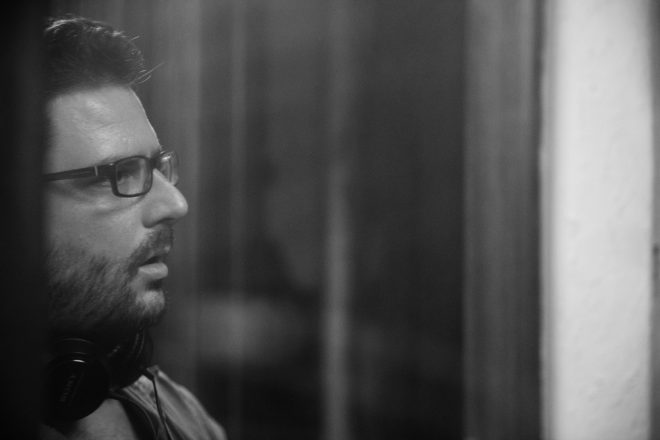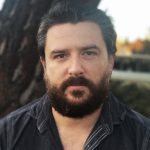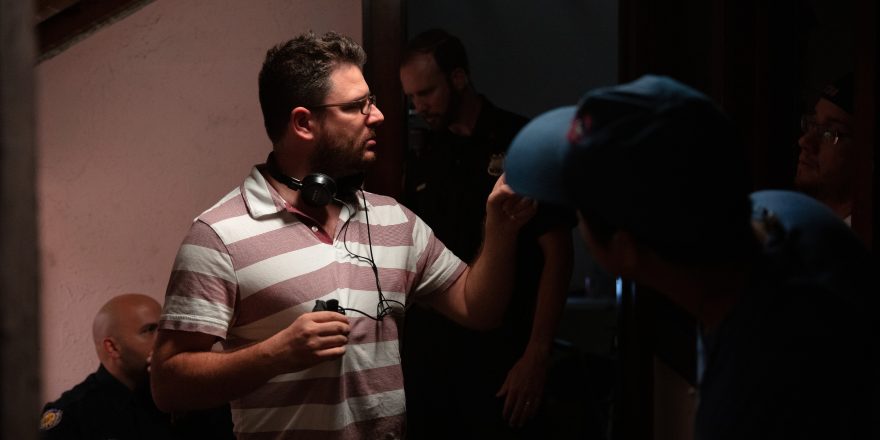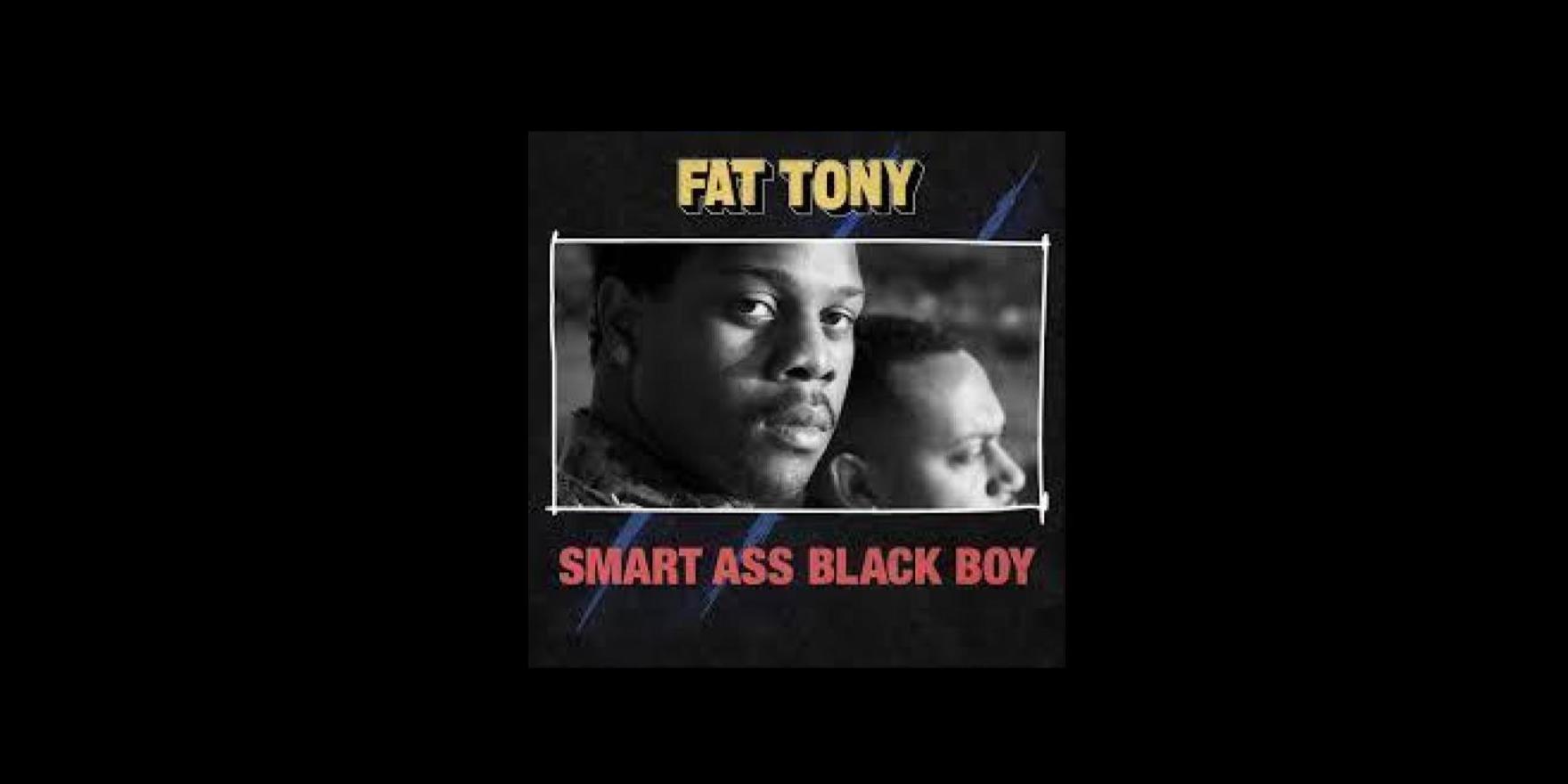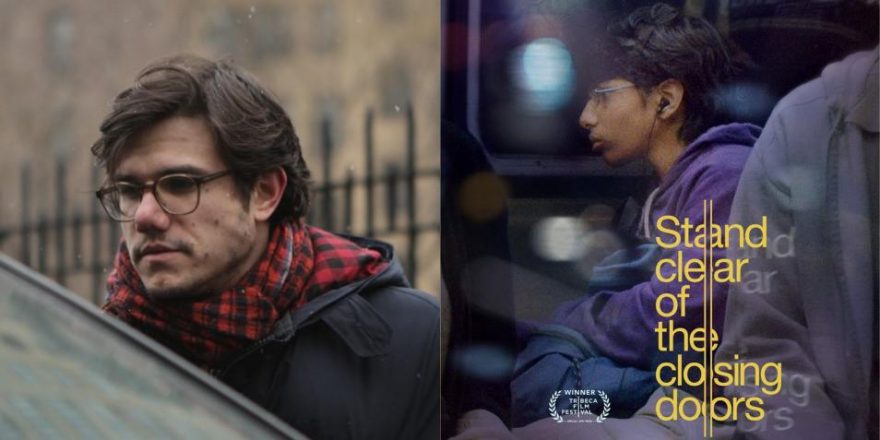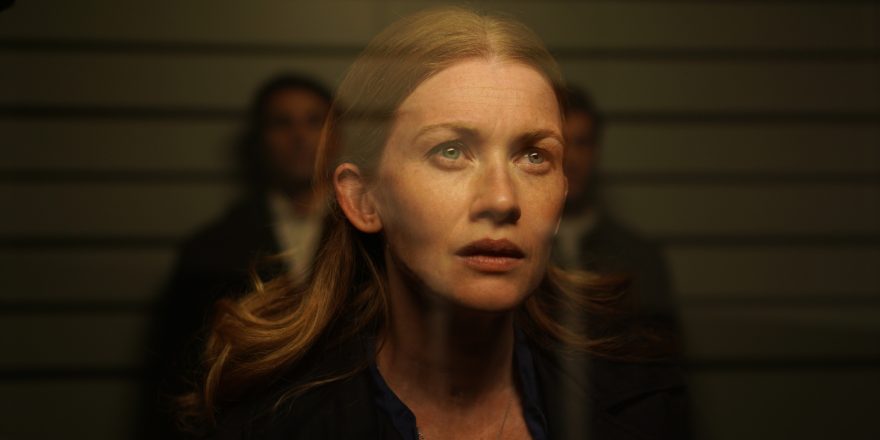As a filmmaker, I’ve always been drawn to stories that ask questions about how we, as a society, treat our most vulnerable citizens. For a long time, I couldn’t pinpoint exactly why those stories spoke to me; however, the reasons have come into sharper focus over the last several years, particularly through the process of making my most recent film, The Killing of Kenneth Chamberlain, which will be released in theaters and on demand on September 17.
The film tells the true story of the events that led to the death of Kenneth Chamberlain, Sr., a 68-year-old African-American former U.S. Marine with bipolar disorder, who was killed by police officers during what was supposed to be a routine welfare check. The film asks an important question, central to the debate currently raging in the United States: Do police officers equally serve and protect all citizens, including people of color and people with mental health challenges? While there were many reasons I felt compelled to tell this story, one in particular stands out and feels more personal than the others: I’m on the autism spectrum.
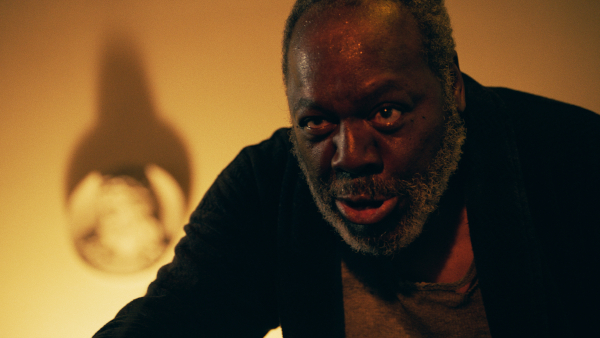
Though I always knew I was on a different wavelength than most, and had to work harder to do things others may have taken for granted, it wasn’t until I was an adult that I was diagnosed as being on the spectrum. Fifteen years ago, I started my career as a K-12 special education teacher on Chicago’s South Side. My job was to provide opportunities, encourage communication, and support the students in developing an awareness of themselves and the world around them. For reasons I wasn’t fully conscious of at the time, I was drawn to these students and felt a personal connection and compassion toward the struggles many of them experienced. As a result, my diagnosis crystalized several inklings I had about myself and the world around me: most importantly, that I had both a gift and a challenge that would significantly affect the way in which I navigated my personal and professional life.
As a filmmaker on the spectrum, both challenges and gifts present themselves every day.
At times, stress and anxiety take a heavy toll on me, causing disruptions in daily routines, sensory challenges, and perseveration on small details. This perseveration often takes the form of perfectionism and preoccupation with the minutia of a scene, character, lighting setup, camera angle, etc. While this form of perfectionism occasionally interrupts the creative process, it has its advantages as well, which I describe below.
Throughout the filmmaking process, eating healthy food and getting enough rest are important, as well as staying focused on the big picture, and perhaps most importantly, having a team of great collaborators to work with is essential. I’ll eternally be grateful for the patience and positivity of colleagues, and loved ones, who roll with my idiosyncrasies.
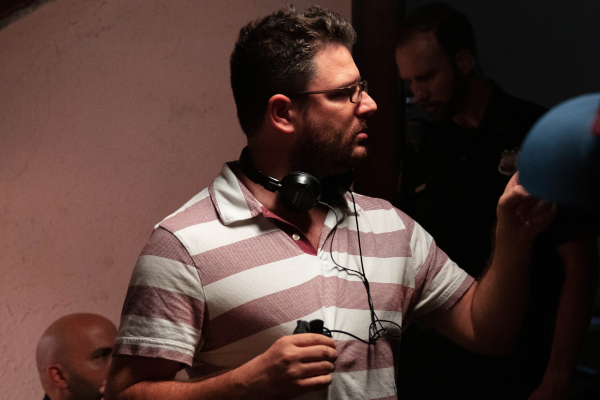
Side Bar: I must also mention that many people who interact with me on a weekly basis may not have any idea I’m on the spectrum. This is because of something many people on the spectrum do, called masking – the need to present or perform social behaviors that are considered neurotypical. In other words, trying to act “normal.” Everyone masks to a certain extent, but the term applies especially to individuals on the spectrum. When I get very comfortable with someone, the mask begins to fade away and the “real idiosyncratic me” shows up…
On the flip side of the challenges my diagnosis has presented, it’s also enabled my voice to develop in unique ways it never would have otherwise. I’ve found an uncommon ability to tackle subject matter that others may find too challenging or obtuse, which helps my films stand out both tonally and contextually. Subject matter in my films (including some in development now) includes everything from dating in the disability community, to the tragic destruction of mass shootings, to radicalization and white nationalism.
I also have a strong sense of subtle details, and approach material with the eye of an investigative journalist. This imbues my films a specificity and intensity other filmmakers sometimes struggle to find. The precise details of a story, character, camera movement, musical interlude, or line of dialogue may evade others, but I’ve found an ability to harness those details and speak more powerfully to the audience through them.
These unique capacities, which I may never have discovered without the accompanying challenges, have propelled me forward in a way I’m not sure I fully appreciated until recently.
Aspects of my own personal experience greatly informed the choices I made while developing, writing, and shooting The Killing of Kenneth Chamberlain. Not only being on the spectrum myself, but having worked for years with individuals with mental health and developmental challenges, I’ve established an acute understanding of how crisis situations (like the one depicted in the film) can begin, spiral out of control, and resolve. Sometimes these resolutions are mild and safe, but other times they are destructive and hurtful.
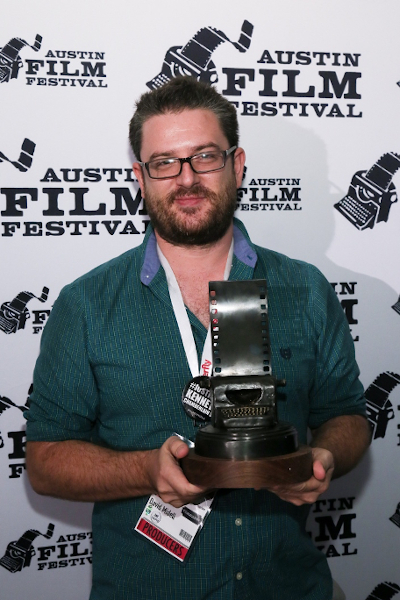
While the crisis situations I myself have been involved in have been in educational settings and haven’t involved police officers capable of administering deadly force, I’m well aware of the statistics indicating that, like people of color and those living in low-income communities, people with autism and other developmental and/or mental health challenges are disproportionally likely to be injured or killed by police officers. The current conversation in America about police brutality and institutional discrimination in law enforcement have thrust these types of crisis situations into the spotlight, and I hope the film adds in an important way to that conversation.
As I develop future projects, my focus continues to be on stories that deal with our most vulnerable citizens, and the ways in which we value (or devalue) them. I also hope that more filmmakers and artists with autism and other developmental/mental health challenges are invited into the creative process. Diversity and inclusion have become important cornerstones of many organizations in the film and television industry, and as that trend continues, voices like ours can add to the fabric of what it means to be human.
Featured image shows David Midell on the set of The Killing of Kenneth Chamberlain. All images courtesy David Midell.



